Select one elongated hole by using the selection trap.
Click Fix Together  in the Constraint toolbar.
in the Constraint toolbar.
The Fix Together Definition dialog box appears displaying
all selected geometrical elements.
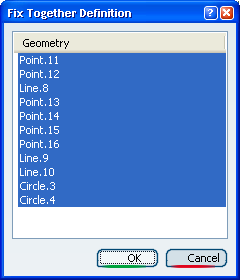
Click OK to confirm.
The Fix together constraint is created as indicated by a
green paper clip symbol.

Repeat the operation for the second elongated hole.
Just to check that you can now manipulate each hole by keeping its rigid
body.
Select them and drag them to any location.

Set the perpendicular constraint.
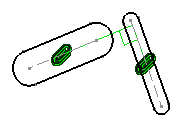
To position both holes inside the rectangle, delete
the constraints you previously set.
Create only one Fix Together for both holes.
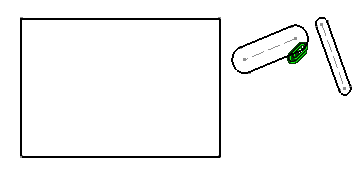
Drag the holes all together inside the rectangle after
selecting any of their geometrical element and add constraints between
the rectangle and the holes to specify their exact positions.
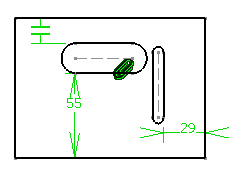
Select the Fix Together constraint attaching the holes
and use the Fix-Together.xxx object > Deactivate.
Note that if the Fix Together constraint is deactivated, the geometric
elements are always seen by the application as belonging to a rigid
set. So selecting them remains impossible for defining another Fix Together
constraint.
You can now modify the shapes of the holes as the constraint is deactivated.
Enlarge the right hole.
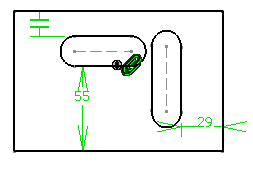
Note that passing the cursor over an activated or not
Fix Together constraint highlights the associated geometry.
